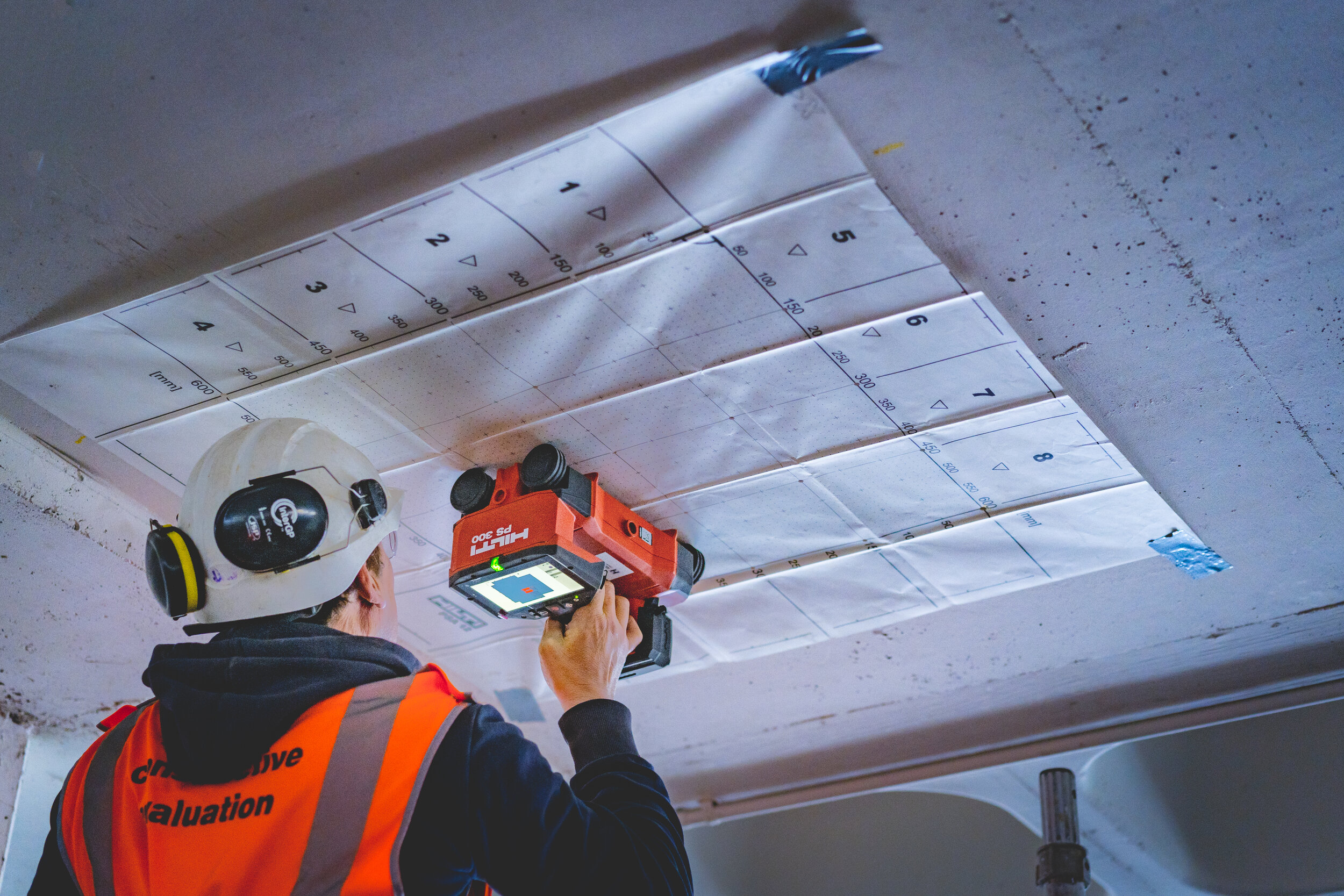Concrete Scanning: An Important Step In The Direction Of Making Sure Structural Integrity and Safety
In the world of building and facilities upkeep, the value of concrete scanning can not be overstated. This thorough process holds the crucial to introducing possible hazards concealed underneath the surface area of relatively strong structures. By using innovative modern technology and approaches, concrete scanning works as a critical device in ensuring that the integrity and safety and security of buildings and bridges are promoted to the greatest criteria. Nonetheless, beyond its surface-level implications, the role of concrete scanning prolongs much much deeper than meets the eye.
Relevance of Concrete Scanning
Concrete scanning plays an important function in making sure the architectural stability and safety and security of structures and framework projects. By making use of sophisticated innovations such as ground-penetrating radar (GPR) and electromagnetic induction, professionals can non-destructively inspect concrete structures to identify potential defects, gaps, embedded items, and reinforcement format. This procedure enables very early detection of anomalies that can jeopardize the stability of a structure, stopping pricey damages and making certain the security of residents.
Before drilling, cutting, or coring right into concrete, scanning assists determine the exact areas of rebar, post-tension cords, and other ingrained components, decreasing the danger of unintentional hits that can lead to structural weaknesses. Additionally, concrete scanning help in top quality control by verifying the density of concrete covers and finding any kind of inconsistencies that may affect the overall resilience of the framework.
Innovation for Concrete Inspection

Benefits of Early Detection
Timely discovery of structural problems can considerably reduce threats and guarantee the long life of building tasks. By recognizing possible troubles at an early stage in the building and construction process, stakeholders can take positive steps to deal with issues before they escalate into bigger and more expensive troubles. Among the vital benefits of early discovery is the avoidance of structural failures, which can position significant safety risks and cause job hold-ups and financial losses.
In addition, very early detection allows for prompt repair work and maintenance, which can help prolong the life-span of the framework. By dealing with problems immediately, building teams can stay clear of pricey repair work or perhaps the need for premature substitute of structural components. This positive method not only saves time and money but also boosts the total safety and security and durability of the building and construction task.
In addition, very early detection can improve task preparation and decision-making by giving stakeholders with valuable insights into the problem of the structure. Equipped with this info, task managers can make enlightened selections concerning construction approaches, timelines, and materials, bring about a lot more successful and reliable job end results.
Making Certain Structural Stability
Guaranteeing the structural security of a construction job is paramount to its safety and durability. Concrete scanning plays a this post vital duty in ensuring architectural security by discovering prospective problems such as gaps, delamination, or reinforcement rust that might endanger the integrity of the framework over time.
By making use of innovative scanning innovations like ground-penetrating radar (GPR) and electromagnetic induction, construction experts can non-invasively examine concrete structures to identify areas of worry under the surface. This positive technique permits the very early detection of weak points or flaws, enabling punctual repairs or reinforcement to stop structural failures.
Regular concrete scanning throughout various building phases and throughout the life cycle of a framework can help preserve its stability, minimize threats, and make sure the security of owners. By prioritizing structural security via concrete scanning, building tasks can improve their resilience and resilience, ultimately adding to greater security and long life.

Protecting Against Critical Failures
To guard against devastating occasions, thorough monitoring and aggressive upkeep are vital in preventing crucial failings within architectural structures. Discovering potential problems prior to they rise is key to stop architectural failures. Applying regular assessments, such as concrete scanning, can expose surprise defects like voids, cracks, or rust that can compromise the integrity of a framework. By making use of innovative scanning modern technologies like Ground Passing through Radar (GPR) or Concrete X-ray, designers can non-destructively examine the problem of concrete and determine powerlessness that call for reinforcement or repair - RainierGPR Service Areas.

Conclusion
In conclusion, concrete scanning plays a vital role in guaranteeing structural integrity and security by utilizing innovative technology for early discovery of possible problems. This positive approach assists stop vital failings and makes certain the stability of frameworks. It is important to prioritize concrete assessment as a common practice to safeguard Find Out More the durability and security of buildings and framework.
Concrete scanning plays an essential function in ensuring the structural stability and safety of buildings and framework tasks. In addition, concrete scanning help in high quality control by confirming the density of concrete covers and detecting any type of inconsistencies that may influence the general sturdiness of the framework. Concrete scanning plays a critical function in guaranteeing structural security by detecting prospective concerns such as voids, delamination, or support rust that can jeopardize the stability of the framework over time.

In conclusion, concrete scanning plays a critical function in ensuring structural integrity and safety by utilizing sophisticated innovation for very early detection of potential concerns.